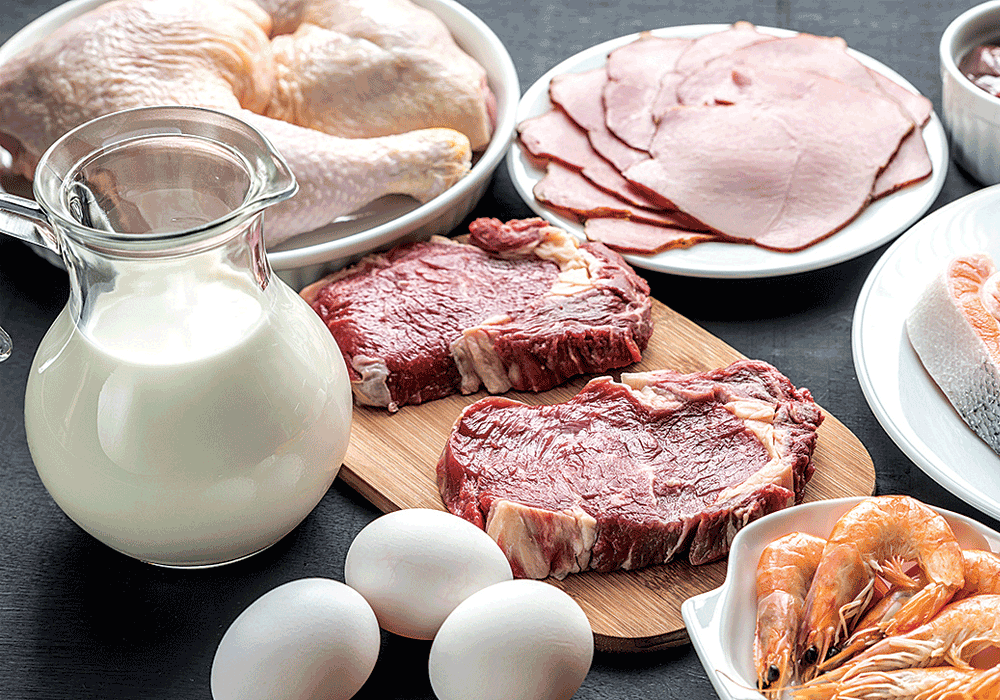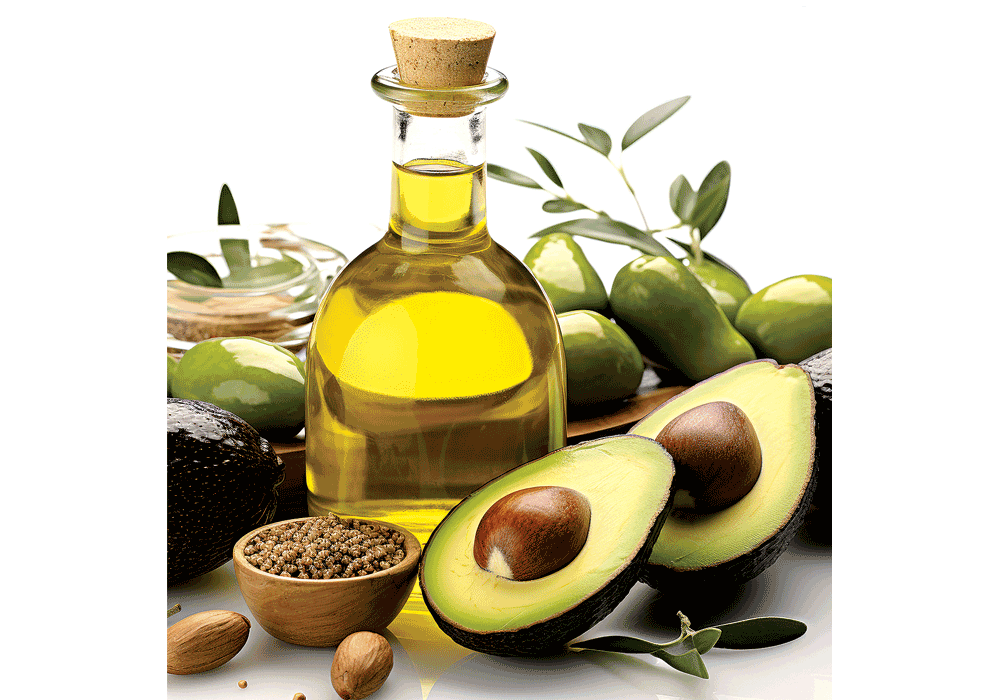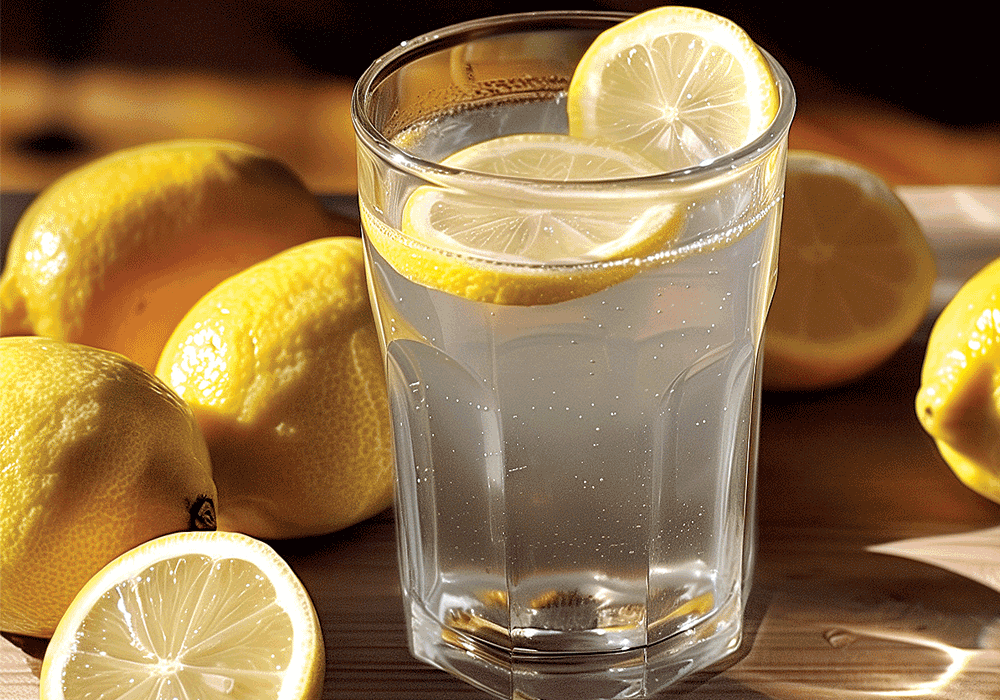

by Jill Ann Ouellette
They say, “You are what you eat… so DON’T be fast, cheap, easy, empty, or fake!”
Let’s take a look at the different types of food. Did you know there are more than 40 different nutrients in food? Often, I write about foods and include nutrition values as being part of a healthy diet. Many of us remember the food pyramid that we learned in school—it doesn’t hurt to review the components of our diet—and memories can fade.
I suspect a new model will be released in the coming years with the new administration’s MAHA efforts. Nutrients can generally be classified into the following seven major groups:
- Carbohydrates
- Proteins
- Fats
- Vitamins
- Minerals
- Dietary fiber
- Water
Why are They Essential to our Body? Each of the seven major groups of nutrients performs different and unique functions in our body, which are all essential in a balanced diet because they work together and contribute to our good health. The main functions of these nutrients can be summarized below.
Carbohydrates are a major source of energy for our body, and they come mainly from grains, such as rice, crackers, breads and noodles. In addition, other foods such as fruit, root vegetables, dry beans and dairy products also contain carbohydrates. The healthiest carbs are whole grains, plain fruit and veggies and beans.

Proteins are meat, fish, seafood, eggs, dairy products; Greek yogurt, cottage cheese, etc. dry beans and bean products are good sources of protein. Its major functions include building, repairing and maintaining healthy body tissues. The king of healthy protein is chicken breast, which is also low in calories.

Fats can be found in foods such as meat, dairy products, nuts, seeds and edible oils. Fats serve as a kind of energy source. They prevent heat loss in extreme cold weather and protect organs against shock. They are responsible for making up part of our body cells and transporting fat-soluble vitamins such as vitamin A, D, E and K. The best oil you can use in your diet is avocado, also good is single-source extra virgin olive oil.
Vitamins come in many kinds from various food groups and they participate in different body metabolism such as maintaining overall health and well-being. They support healthy skin and hair, building bones, preventing excessive bleeding, protecting cells and releasing and utilizing energy from foods. Vitamins can be classified into water-soluble and fat-soluble vitamins.

Minerals are a group of essential nutrients found in soil and absorbed by plants, which we then consume. They regulate many body functions such as fluid balance, muscle contraction, and transmission of nerve impulses. Some minerals are structural component of the body, such as calcium in bones and teeth.

Dietary fiber is crucial for maintaining a healthy digestive system. It adds bulk to stool, helps regulate bowel movements, and prevent constipation. It is the indigestible part found in plants. If you think about eating celery sticks. You can chew for a while and then you end up with a mouth full of pulp. It helps stabilize blood sugar, promote gastrointestinal health. Dietary fiber can be classified into soluble and insoluble fiber.

Water is the most abundant substance in human body and is also an essential nutrient to maintain our health. The major functions of water include carrying nutrients to cells and removing cell waste. It also is responsible to regulate of body temperature.
Each nutrient performs different functions in our body; they all work together and contribute to your good health by having a balanced diet and healthy lifestyle. Remember, you become what you eat… so DO be worth the time and investment (of good quality ingredients), wholesome, healthy, and real!
